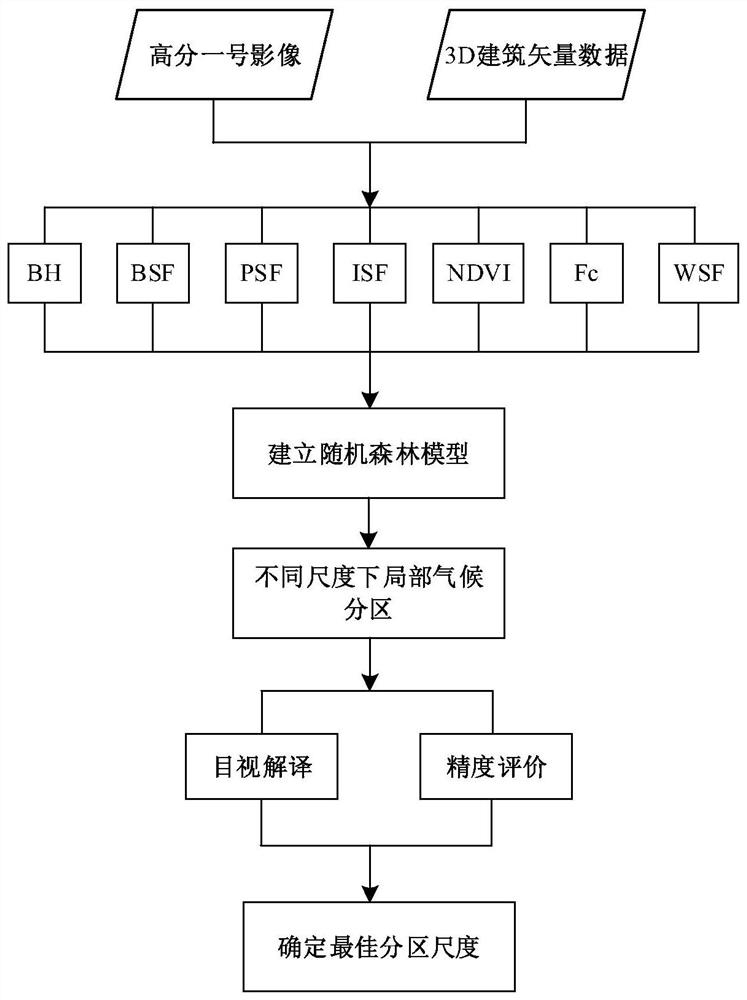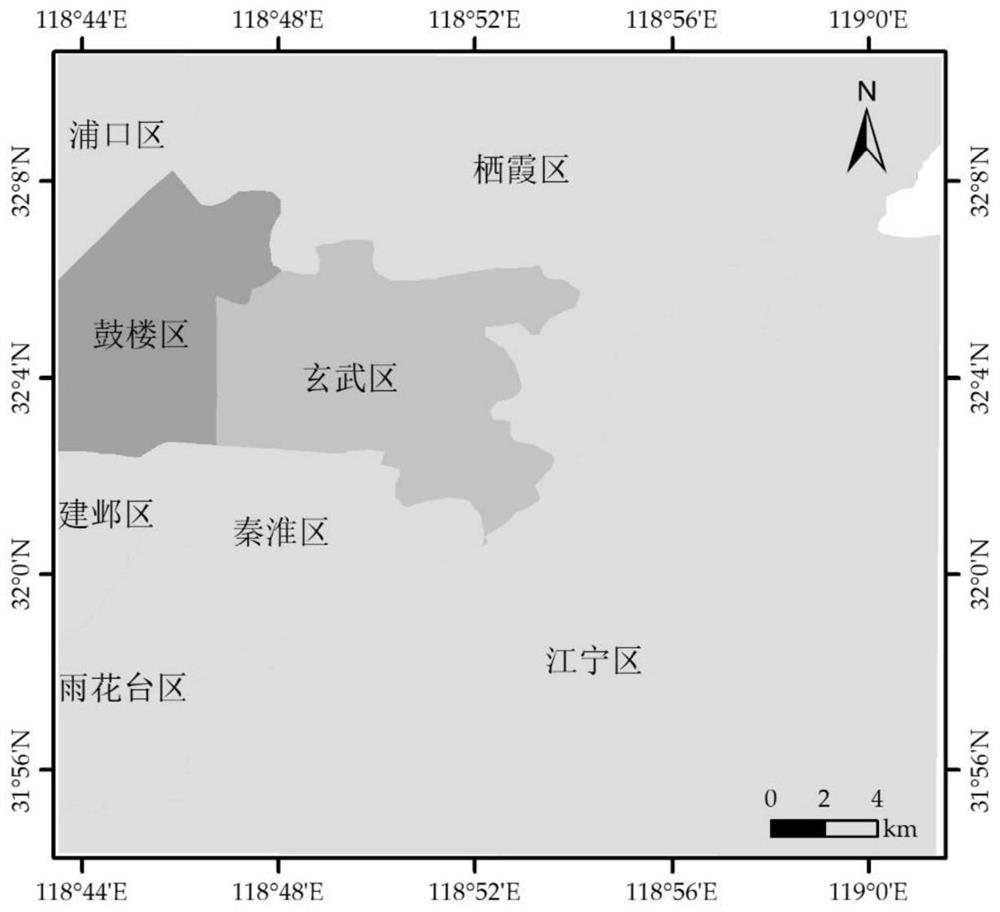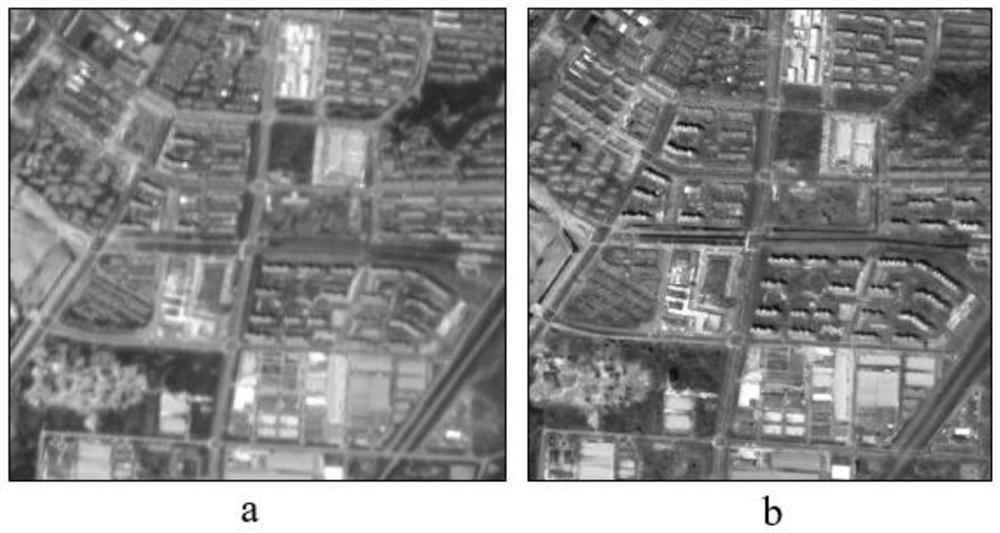Urban local climate region classification method based on multi-source data
A multi-source data and classification method technology, applied to computer parts, instruments, calculations, etc., can solve the problems of urban GIS data not being open to the public, lack of building height information, and difficult to obtain data, so that the technical route can be replicated and applied The effect of widening the target and improving precision
- Summary
- Abstract
- Description
- Claims
- Application Information
AI Technical Summary
Problems solved by technology
Method used
Image
Examples
Embodiment Construction
[0038] Such as Figure 1~2, taking the main urban area of Nanjing as the research area, including the following steps:
[0039] Step 1: Firstly, the Gaofen-1 image and urban 3D building data in the research area are acquired and preprocessed. The remote sensing image acquired in this example is the Gaofen-1 image on June 17, 2016. The image includes panchromatic images and multispectral images. The preprocessing used mainly includes radiation correction, geometric correction, image fusion and image cropping . In the ENVI software, the multispectral and panchromatic images of the Gaofen-1 image are respectively subjected to radiometric correction and geometric correction, and the two images are fused. The fused resolution is 2 meters, as shown in image 3 , and then crop the image to the size of the study area. In addition, the urban 3D building vector data used in this example in 2016 also needs to be cropped to the size of the research area, such as Figure 4 .
[0040...
PUM
 Login to View More
Login to View More Abstract
Description
Claims
Application Information
 Login to View More
Login to View More - R&D
- Intellectual Property
- Life Sciences
- Materials
- Tech Scout
- Unparalleled Data Quality
- Higher Quality Content
- 60% Fewer Hallucinations
Browse by: Latest US Patents, China's latest patents, Technical Efficacy Thesaurus, Application Domain, Technology Topic, Popular Technical Reports.
© 2025 PatSnap. All rights reserved.Legal|Privacy policy|Modern Slavery Act Transparency Statement|Sitemap|About US| Contact US: help@patsnap.com



